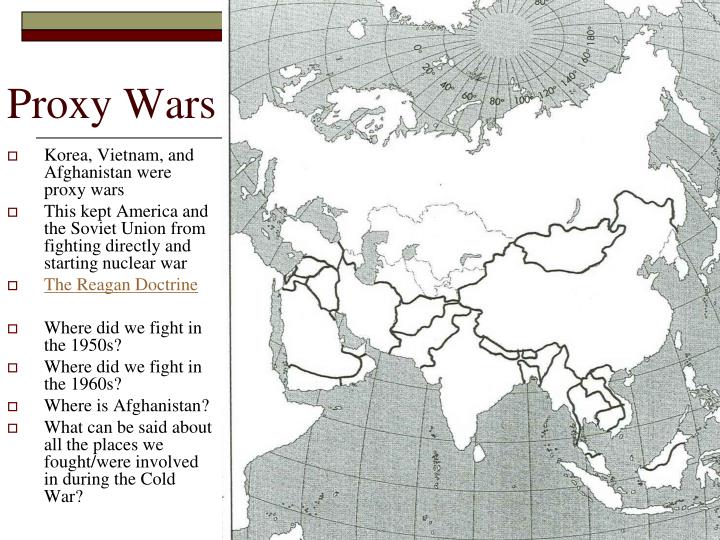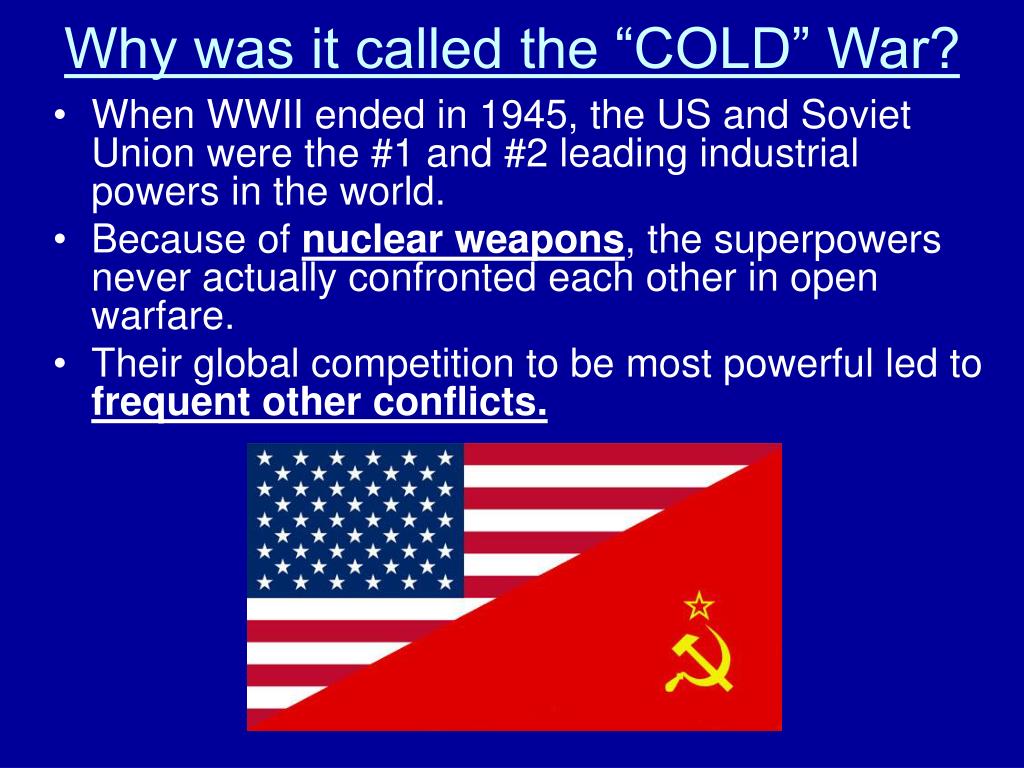


Underscoring the threat of nuclear altercation during the Cold War, Towle asserts that “strategy of war by proxy or vicarious belligerency” was necessary for the superpowers to prevent a direct conflict with one another. Thus, policymakers may try to secretly intervene with “the use of force by a politically motivated, local actor to indirectly influence political affairs in the target state.” Strategy, according to Freedman, is “getting more out of a situation than the starting balance of power would suggest.” This gain, Sun Tzu says, can be best attained by vanquishing the enemy without even sending a soldier across the border. Then it seeks to elucidate the goals that America achieved and the long-term implications on their interests. It will shed light on how the US objectives alongside their modus operandi evolved with time. This essay will scrutinize the reasons that pushed America to covertly collaborate with allies, Saudi Arabia and Pakistan, to support the Mujahideens in the anti-Soviet insurgency. What followed was a decade-long brutal war with the Afghanistan government, backed by the Soviet Union, pitted against insurgents identified collectively as the Mujahideens who were buoyed by various external actors. The Soviet intent was to secure Saur revolution’s goals and control Afghanistan through a puppet government headed by their Afghan Parcham allies. This invasion was launched partly due to Amin’s purge of pro-Soviet communists in the ruling party and largely owing to his overtures towards the US. On the night of 24th December 1979, the Soviet forces invaded Afghanistan and later assailed the massively fortified Taj-Bek Palace to assassinate Hafizullah Amin, the chief organizer of the 1978 communist Saur Revolution.

The anarchical structure of international politics has forever encouraged “states to look for opportunities to maximize their power.” Analyzing proxy war: America’s perspective in Afghanistan, 1979-89


 0 kommentar(er)
0 kommentar(er)
